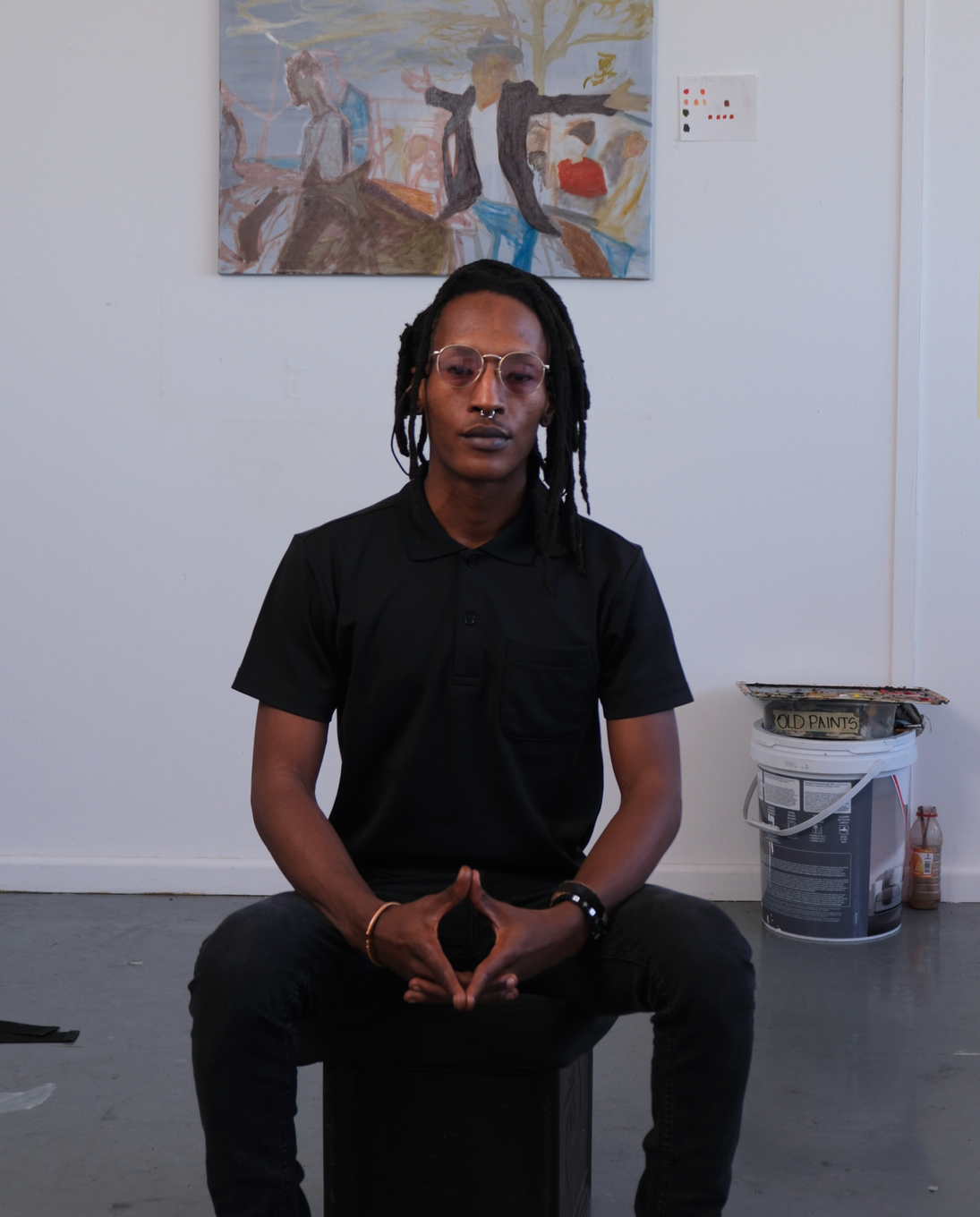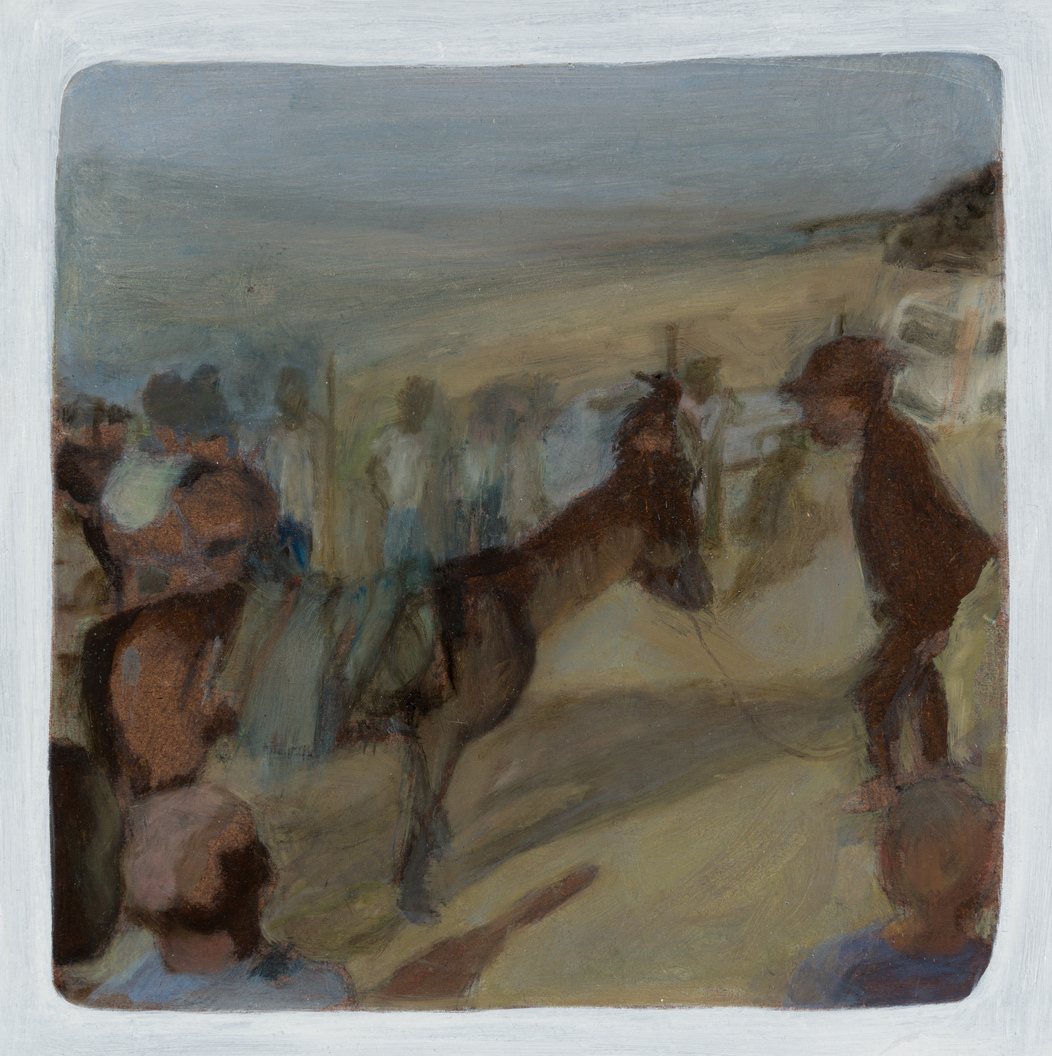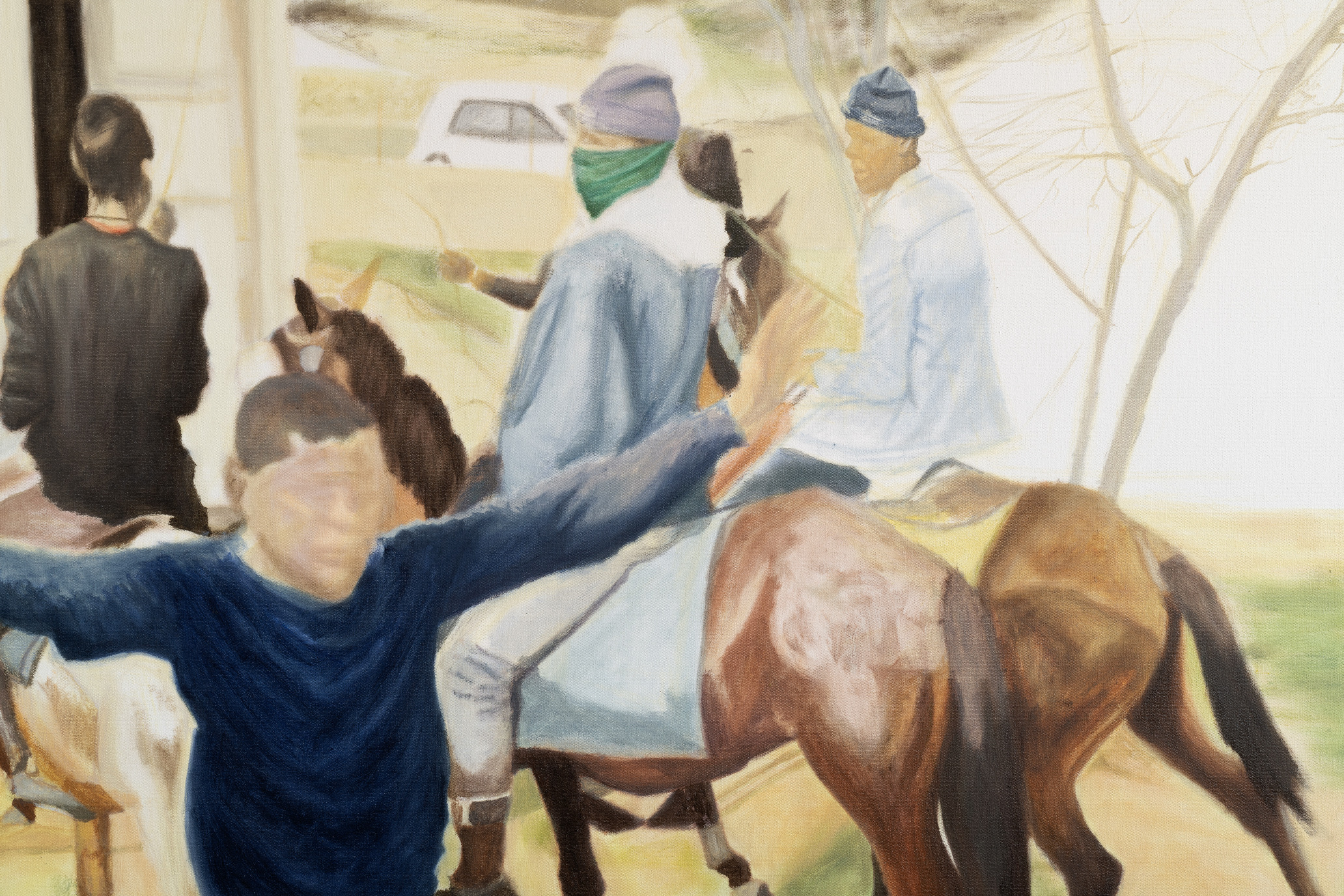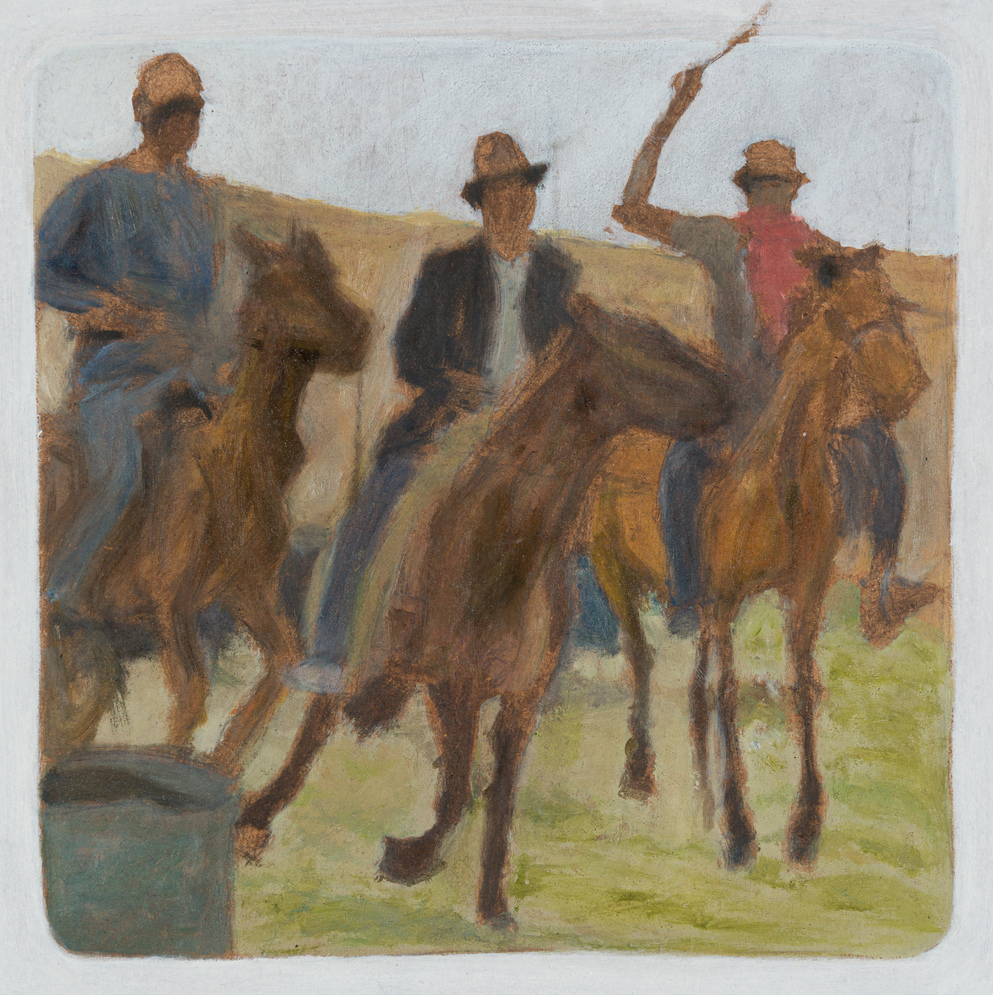Songezo Zantsi is a Cape Town-born visual artist whose second solo exhibition, Iyabulela Ilali, hosted by Vela Projects, runs from the 12th of July to the 10th of August. Through his paintings, Zantsi captures powerful moments of human interaction with the focused intention to “create a visual archive of life in South Africa.” The exhibition showcases 11 original works that depict a traditional Xhosa matrimonial ceremony. These paintings are inspired by photographs Zantsi took at a family wedding in Qumbu, a rural area in the Eastern Cape.

Marriage in Xhosa tradition could be exogamous, virilocal and polygynous, with wives ranked by the Great House and the Right-Hand House. The Great Wife’s son inherits his father’s position, while the Right-Hand Son establishes his own household. Lobola, the transfer of cattle, is central to marriage negotiations, compensating the bride’s family and serving as insurance. The bride adapts to her new home, showing deference to senior members, with her status improving as she has children and ages.
Whilst modern marriages have changed drastically from this traditional format, with many occurring in churches or courts, lobola is still a common practice, often paid in cash, and many couples opt for a combination of Western and traditional ceremonies. “Through this series and my previous works, I explore what culture means to different people. This was the first wedding I attended in the former Transkei, offering a unique perspective on weddings worldwide,” Zantsi says.
In the dry July heat and windy conditions, Zantsi labours to capture the day’s atmosphere with a warm palette. The swirling dust and vibrant hues reflect the event’s atmosphere, portraying the procession of men on horseback, a key feature of the ceremony’s entertainment. Iyabulela iLali encompasses more than just mere visual documentation but becks the viewer to step into a world that might not be familiar but familial, immersing themselves in the exuberant festivities, grateful communion, and spiritual vibrancy of traditional South African weddings.

“This experience was both foreign and significant to me. Surrounded by people and seven majestic horses, I realised the moment’s gravity—not just for myself but for the broader narrative of South African art,” Zantsi shares. “The domesticated horses, symbols of wealth and status, here represented a bond between humans and animals, challenging traditional notions of power and hierarchy. The fluidity of motion and interplay of shadows capture this dynamic,” the artist explains.
Born in 1991, 33-year-old Zantsi is known for his realist paintings that reflect social realities and cultural environments in South Africa. Influenced by modernist artists like Walter Sickert and Gerard Sekoto, Zantsi uses a mix of oil paints to create soft, rhythmic compositions. His works often draw from personal and national archives, depicting scenes from everyday life to historical events. Zantsi’s exhibitions include his solo show “IInkumbulo” at Vela Projects and group exhibitions at the Association of Visual Arts and Youngblood Gallery in Cape Town.
Songezo Zantsi’s personalised combination of the precision of figurative painting with the emotive quality of mark-making evolved into a new impressionist style. Despite the newness of his burgeoning practice, he has shifted from realism to a more expressive interpretation, inviting viewers to adopt a more curious engagement with the work. Each painting becomes a fluid and open-ended narrative, encouraging the audience to immerse themselves in the scenes, finding distinct interpretations of the festive moments of joy and togetherness he depicts.





















































